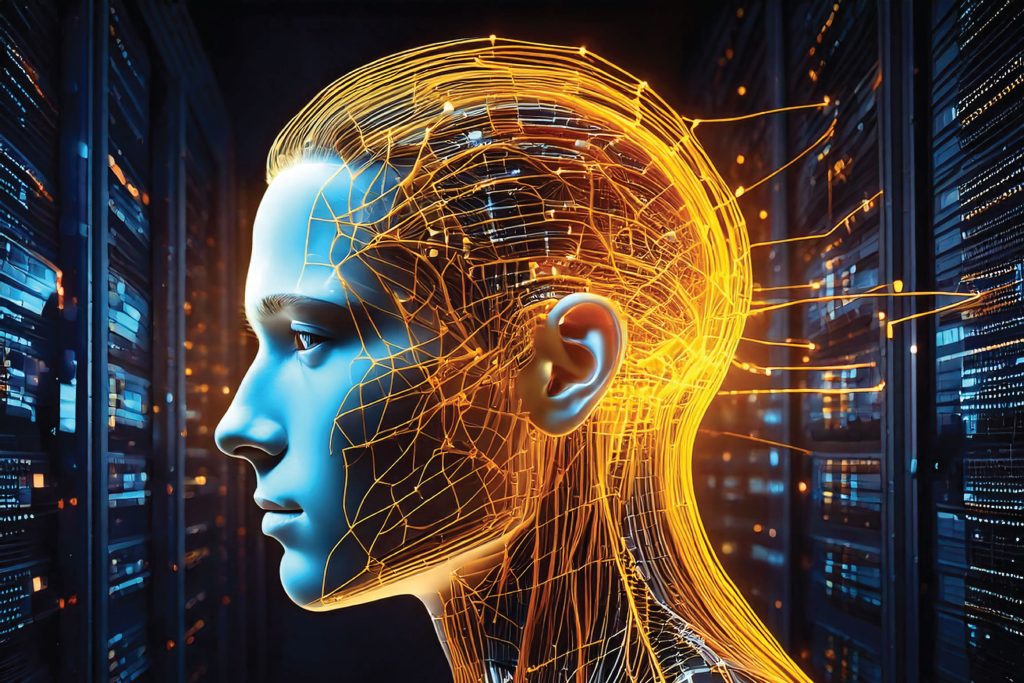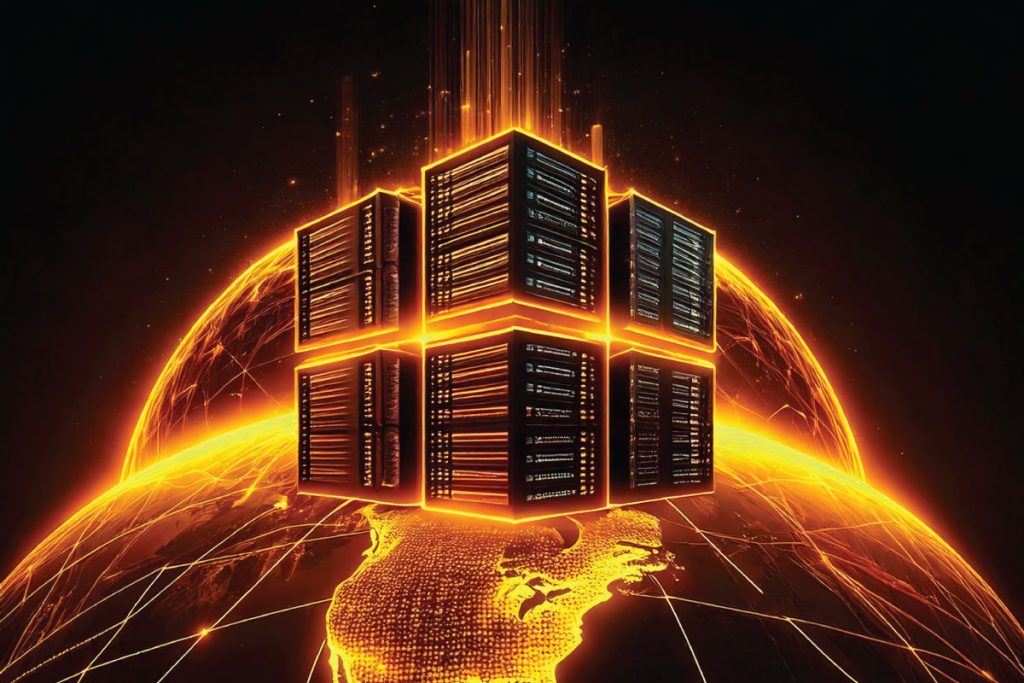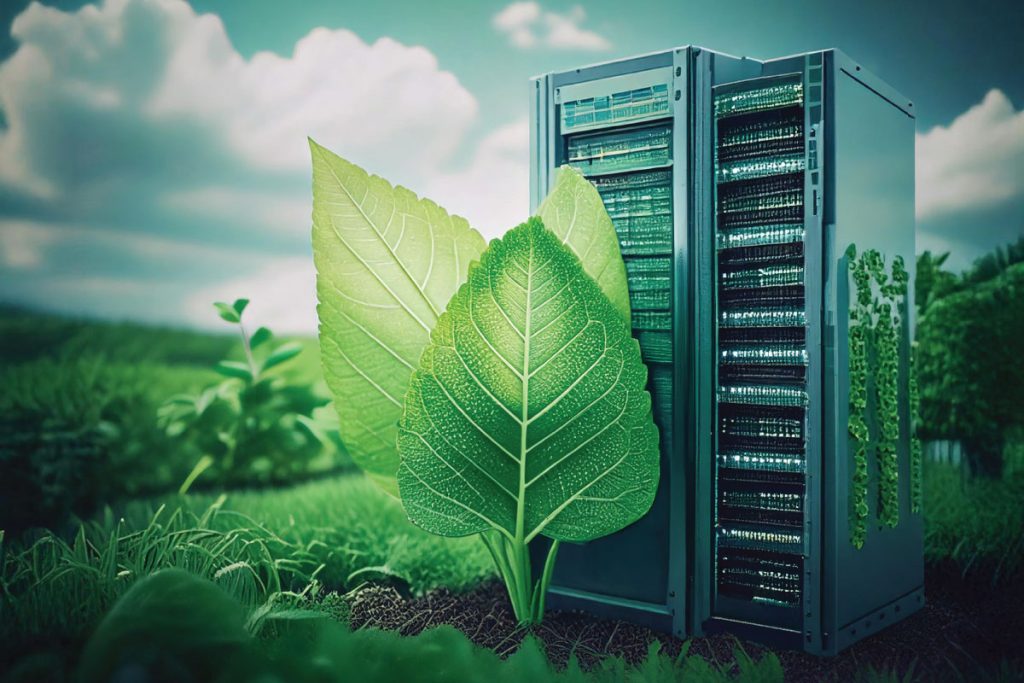AI Data Center Sustainability: Managing Power Consumption and Water Usage
Introduction
Ever since the advent of ChatGPT in November 2022, Artificial Intelligence has been a huge factor leading the growth of the data center industry. While this has pushed innovation and computing to new heights, it has also resulted in a significant increase in power and water consumption.
According to a CNBC article, the power requirements of AI and cloud computing are growing so big that soon, individual data center campuses can consume more power than entire cities. As AI continues to reshape industries and drive technological advancement, the sustainability of data centers has emerged as a crucial consideration for environmental responsibility and long-term economic viability.

The Growing Power Consumption of AI Data Centers
While data center power consumption remained relatively stable until 2019, it has grown astronomically over the last five years. This is primarily driven by the fact that data center efficiency gains have not been able to keep up with the rapid increase in computing power.
Data centers currently account for approximately 1-2% of global electricity usage. However, this figure is projected to rise significantly in the coming years. With the development of increasingly powerful AI chips, such as Nvidia’s Blackwell series, data center power consumption could reach nearly 4% of global energy usage by the end of the decade.
This surge in energy demand is accompanied by a corresponding increase in carbon dioxide emissions. Estimates suggest that data center emissions could more than double between 2022 and 2030, contributing to climate change and environmental concerns.

Water Usage in AI Data Centers: Why it Matters
Despite their digital nature, data centers are significant consumers of water, a fact often overlooked in discussions of environmental impact. As AI-powered technologies continue to grow, the demand for data processing and storage, and consequently, water-intensive cooling systems, is soaring. The average data center uses over 1.1 million litres of water a day, roughly equivalent to the water usage of 100,000 homes.

Balancing Power and Cooling Requirements
Effective data center management requires a delicate balance between maintaining optimal computing performance and minimizing environmental impact. AI Data center facilities must navigate complex challenges: scaling up power intake, maximizing cooling efficiency, ensuring robust security, and maintaining system resilience—all while remaining agile enough to evolve alongside rapidly changing technologies.
The key lies in creating infrastructure that is fundamentally modular and responsive. As rack densities continue to rise, data centers need adaptive designs that allow components to be reconfigured or expanded seamlessly as technological demands shift. This kind of flexibility is critical, enabling facilities to meet increasing computational requirements without compromising operational stability or sustainability.
Innovations in Power and Water Efficiency for AI Data Centers
Technological innovations are transforming data center sustainability through multifaceted approaches:
Liquid Cooling Technologies
Advanced liquid cooling systems can reduce water consumption by up to 90% compared to traditional air-cooling methods. These systems circulate specialized coolants that absorb heat more efficiently than air, dramatically reducing environmental impact.
Renewable Energy Integration
Leading tech companies are increasingly powering data centers with renewable energy sources like solar, wind, and hydroelectric power. Some facilities now operate with near-zero carbon footprints, setting new standards for sustainable computing infrastructure.
AI-Driven Efficiency Optimization
Ironically, AI is now being used to optimize its own infrastructure. Machine learning algorithms can predict and manage power distribution, cooling needs, and overall operational efficiency with unprecedented precision.
These AI-driven systems analyse complex data patterns to:
- Anticipate cooling requirements
- Optimize airflow
- Dynamically identify energy-saving opportunities
- Provide real-time insights into operational parameters
By enabling a proactive approach to infrastructure management, these technologies facilitate predictive maintenance, dynamically adjust power usage based on workload priorities, and ultimately contribute to reducing energy consumption and carbon emissions.
OneAsia Solution for AI Data Centers
OneAsia offers a cutting-edge, sustainable data center ecosystem designed to address the complex challenges of modern AI infrastructure. Through our proprietary OAsis AIOps portal, advanced server technologies, and comprehensive cooling solutions, we provide a competitive edge in performance and efficiency.
Our approach integrates renewable energy, flexible GPU resources, and robust cybersecurity, enabling organizations to scale their AI capabilities while maintaining a commitment to environmental sustainability.


Conclusion
The future of AI technology is intrinsically linked to our ability to develop sustainable computing infrastructure. As computational demands continue to escalate, the choices we make today will determine the environmental legacy of technological innovation.
The path forward requires collective action: investing in innovative cooling technologies, prioritizing renewable energy, leveraging AI for efficiency optimization, and designing infrastructure that is both powerful and environmentally conscious.
By prioritizing power and water efficiency and adopting a holistic approach to resource management, we can ensure that the transformative potential of AI is realized responsibly. Sustainable AI data centers represent more than a technical challenge—they are a critical pathway to a more efficient and intelligent digital future.


